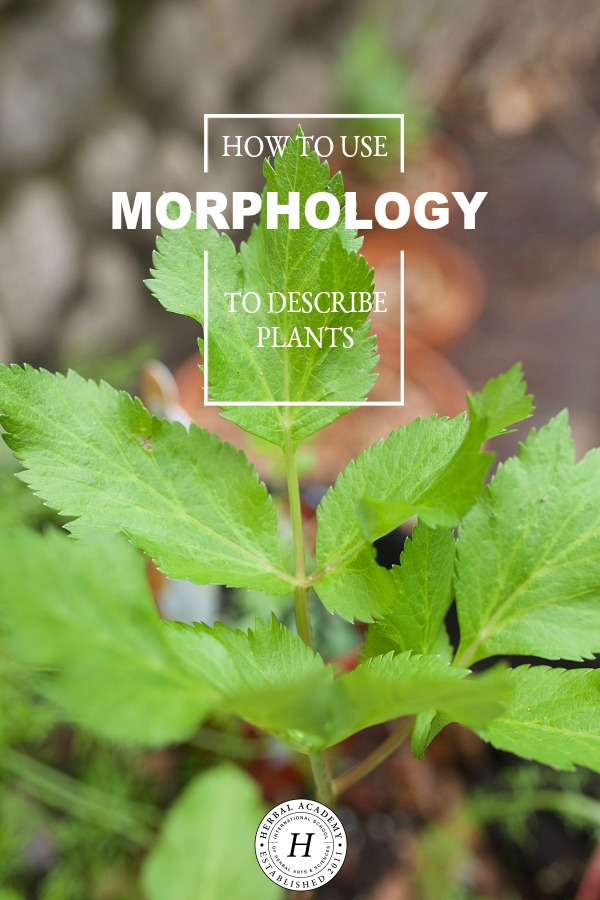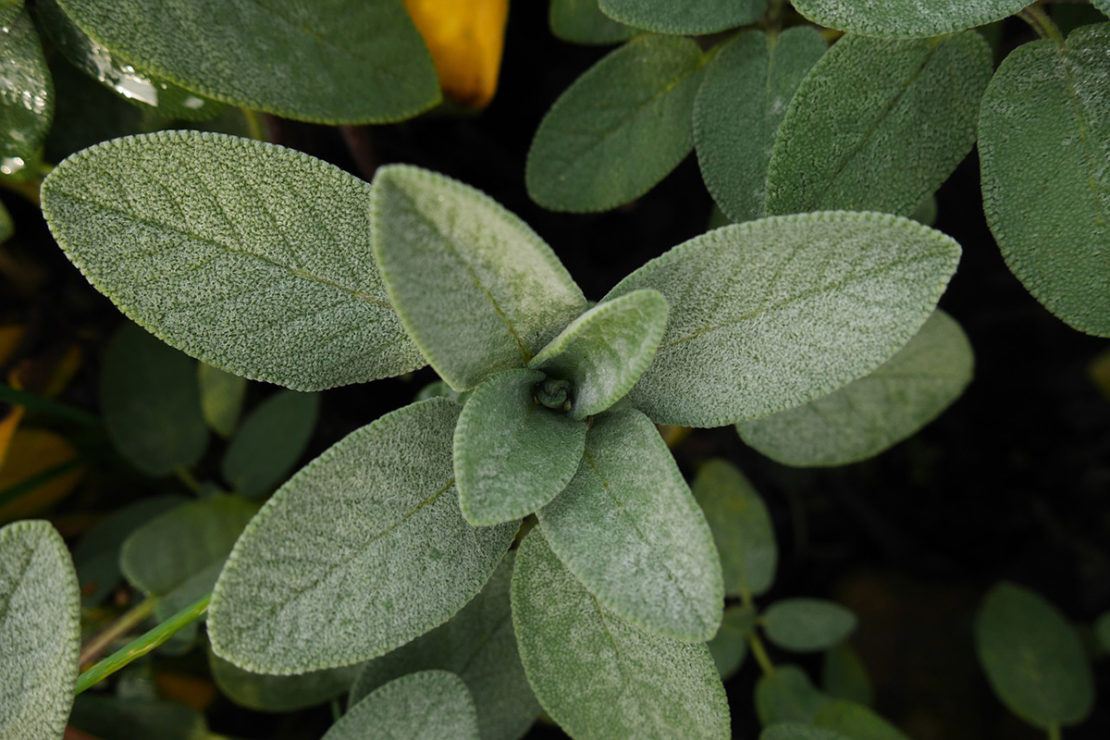
How To Use Morphology to Describe Plants
With an awareness of the many forms that plants, flowers, and leaves come in, a hike in the woods or a stroll through a garden can transform from a blur of green to a diverse exhibit of morphology.
With attention to morphology, along with an understanding of binomial nomenclature and the evolutionary relationships that plant names imply, that hike or stroll can also become a climb through the botanical family tree!
The more you practice looking at nature through this lens, the easier and easier it will become to identify unknown plant species.
In this post, we’d like to expand on the topic of plant morphology and why it matters to the plant enthusiast. We’ll look at various ways to describe leaves and get specific with an example from the herbal world to see morphology in action.
Morphology?
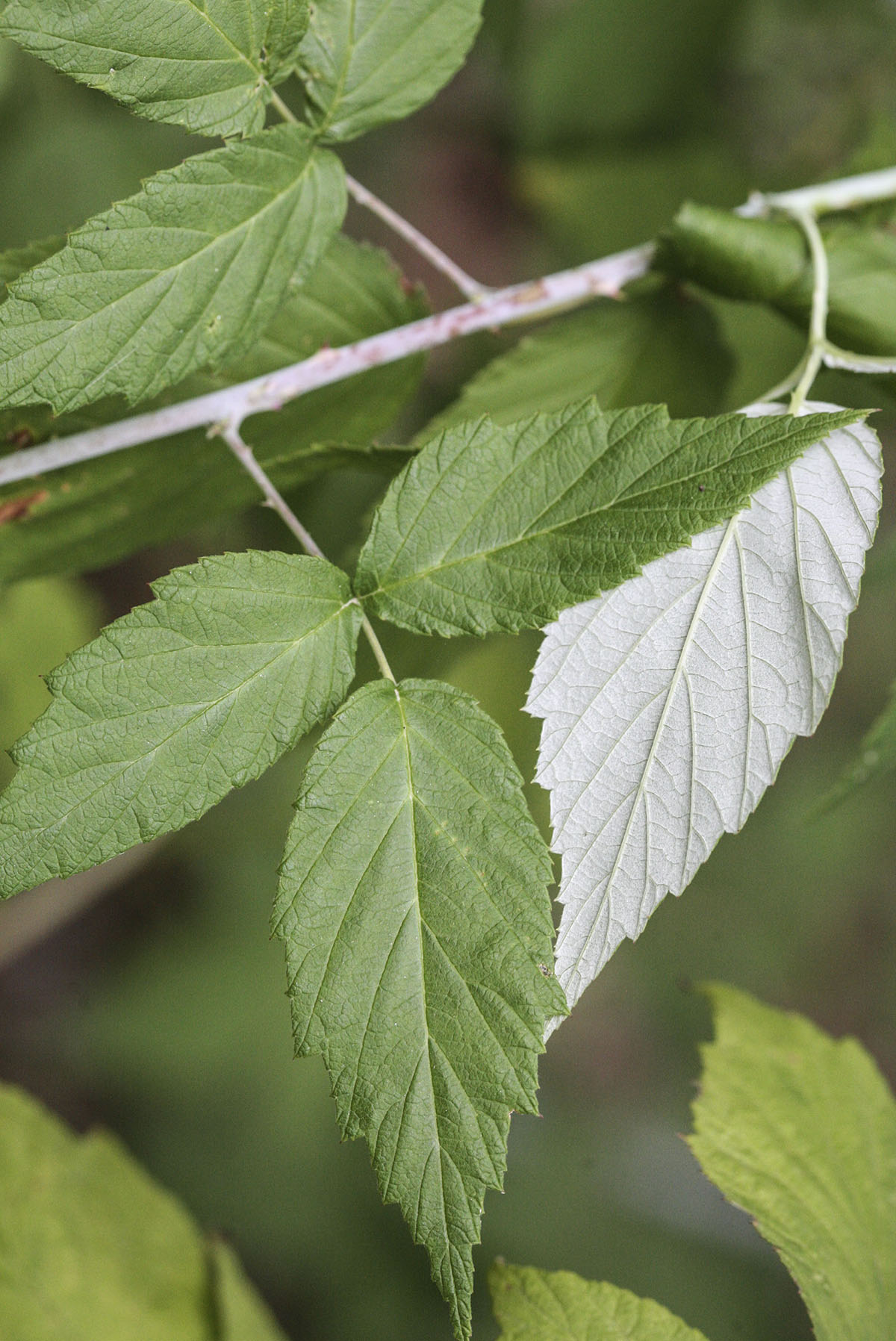
While this term may sound intimidating, it’s actually very easy to understand. Morphology is the study of the form of a plant or plant part. Morphology is an important subject for herbalists to know, especially if you ever find yourself writing an herbal monograph, hosting a plant walk, writing an article on plant identification, or engaged in any other activity where morphology and descriptive language is needed.
Getting To Know Plants On A More Intimate Level
If we are are lucky, we can get to know deeply the plants of one region in our lifetime. However, if we learn to recognize patterns in plant morphology, even if we are new to a geographical region, we can have an easier time identifying the plant family that a plant belongs to, making the task of identifying the exact species far easier.
The first step on this journey of identifying plant species is understanding the language of plants — the language used to describe the many forms that plants and plant parts come in (morphology!).
How To Describe a Leaf
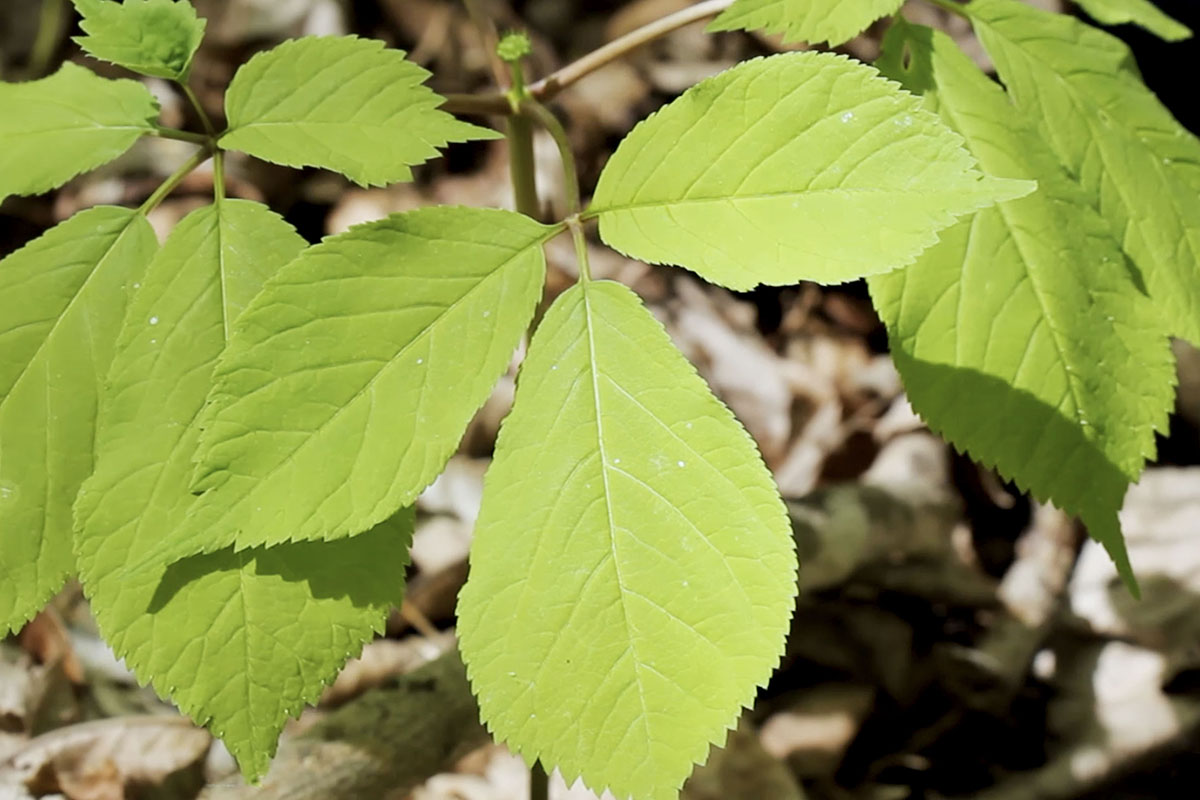
Because morphology is such a large subject, we’re going to simplify things a bit by looking at one part of a plant — leaves.
Leaves, believe it or not, are very complex and vary from plant to plant. As botanists and foragers, we look at the leaf shape, but we also consider the leaf surface, vein pattern, arrangement, and attachment, as well as other characteristics.
Leaves can be described in many different ways, and each of the above has its own set of terms which are used to describe the unique characteristics of the leaf. While we explore all of these terms more fully in our Botany & Wildcrafting Course for all plant parts, today we’re going to focus on the leaf of one herb so you can get an idea of what this entails.
Describing A Burdock Leaf
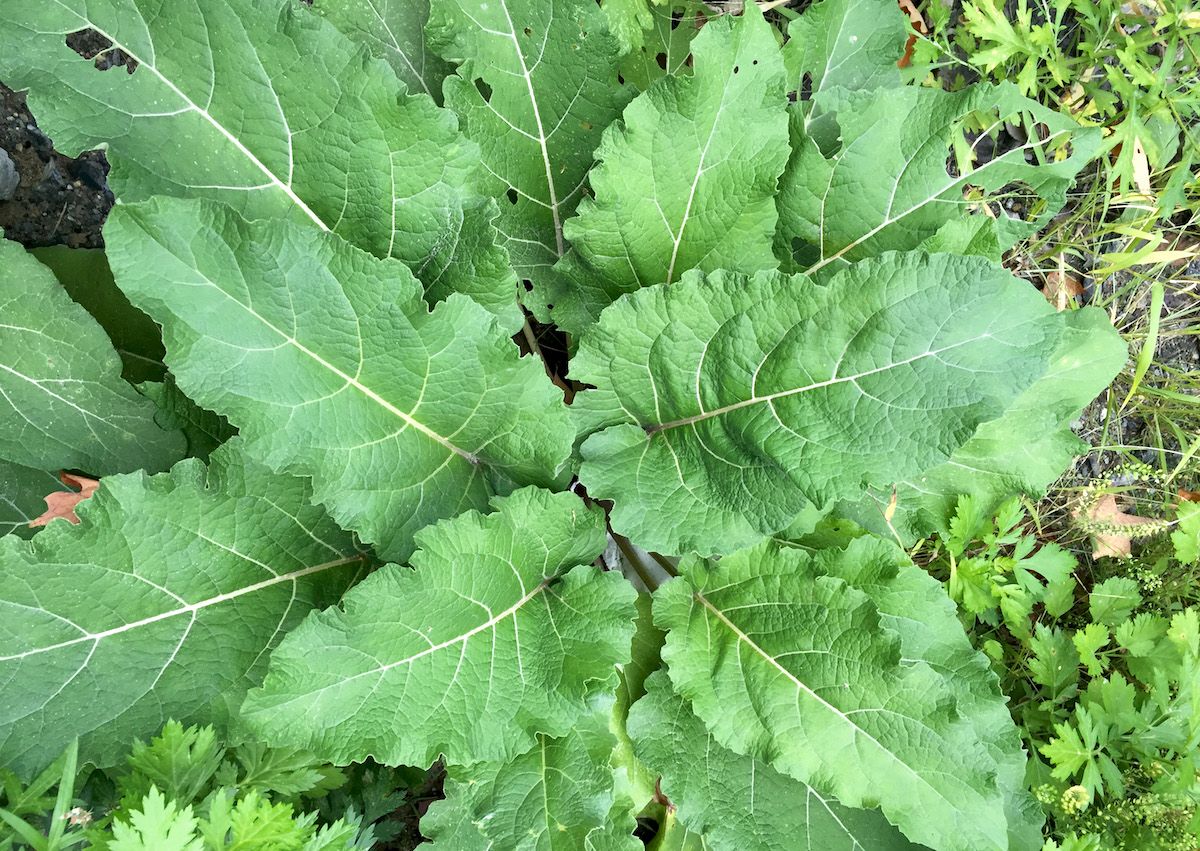
Leaf Type
Burdock has simple leaves, which are leaves with a single blade at the end of a stem.
Leaf Arrangement & Attachment
Burdock leaves grow in a basal rosette pattern where the leaves are arranged in a tight circular cluster. In its second year of growth, burdock produces stem leaves that grow in an alternate pattern — a single leaf is attached at each node (the section of the stem where leaves form) with leaves arranged in an alternating pattern along the stem. Burdock leaves have a petiolate attachment where the petiole attaches to the base of the leaf blade.
Leaf Shape, Base, Apex & Margin
Burdock leaves are ovate which means they have an oval shape to them, with a cordate (heart-shaped) base and a subacute apex — the tip of the leaf is tapered but not sharply pointed. The margins of burdock leaves are undulate giving them a wavy appearance all the way around the leaf edge.
Leaf Surface
The underside of burdock leaves are pubescent (hairy) and covered with fine, short hairs, giving the leaves a whitish appearance and soft feel.
Leaf Vein Pattern
Burdock leaves, while they might first appear to have a pinnate vein pattern, upon closer inspection have reticulate veins where the central veins subdivide into finer veins (veinlets), creating a net-like pattern.
Learn Even More About Plant Morphology & Taxonomy
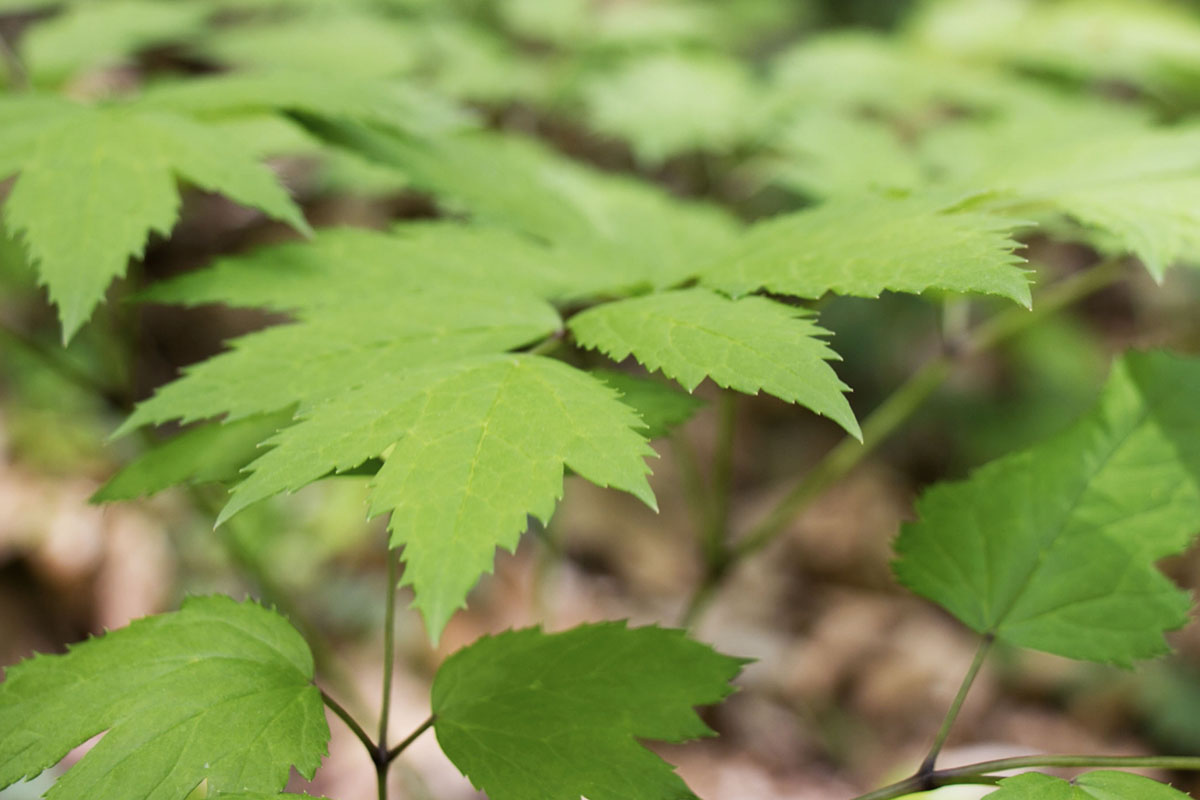
If botany and plant identification excite you, or are areas you’d like to improve in your personal herbal journey, we invite you to join us in our new Botany & Wildcrafting Course.
In this course, we will dive into all the ways you can describe leaves, flowers, and other parts of plants. We give you examples for each plant part along with slideshows of plant images, a downloadable cheat sheet of botanical terms, and graphic examples of morphology so you will be well equipped to set off on your own foraging adventures.
You can learn more about the Botany & Wildcrafting Course here.
We’d love for you to join us!
